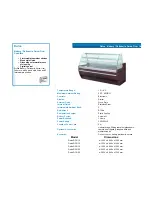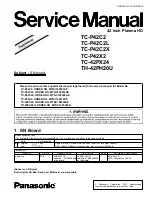
G900X/G950 Installation and Maintenance Manual – GEA 71
Revision D
190-00719-00
Page 5-18
5.6.2.6
Ammeter Sensor (Battery, Alternator, and Auxiliary)
General Installation Guidance:
Current sensing on the G900X/G950 is done via the use of a traditional ammeter shunt (Figure 5-14).
The ammeter shunt has two holes in the base for mounting with #10 screws. The current-carrying wires
are attached to the large 1/4” lugs, while the current sense wires are attached via the use of #8 ring
terminals.
Figure 5-14. Ammeter Shunt
WARNING
It is important that no metal portion of the shunt touch any other portion of the aircraft or
exposed wiring. Large voltages and current are present in the shunt, and an electrical
short or fire could result from inadvertent contact.
The shunt should be installed in-line with the current being sensed. As noted below, the appropriate wire
should be cut and attached to each of the large ¼” lugs. A one amp fuse or other form of circuit
protection must be installed between the shunt and the applicable GEA inputs to prevent inadvertent
damage to the G900X/G950. Connect the two sense wires (attached to the #8 terminals) to the
appropriate inputs on the GEA as referenced in the G900X/G950 interconnects in Appendix F-J. If the
ammeter readings are shown with the opposite polarity, the sense wire connections on the shunt may need
swapped.
5.6.2.6.1 Battery Ammeter Sensor
Sensor Description:
1C4: 100 Amp / 50 mv shunt
General Installation Guidance:
To minimize the potential reduction in ammeter accuracy introduced by a large common-mode
voltage across the shunt, the main battery ammeter shunt should be installed inline between the negative
battery terminal and airframe ground. As shown in Figure 5-15, wire is connected from the negative
battery terminal to one end of the shunt. The other end of the shunt is connected to the airframe ground
block via the use on 0.063” copper bus bar. If the shunt is not mounted in close proximity to the airframe
ground, an appropriately sized wire can be used in lieu of the copper bus bar.









































